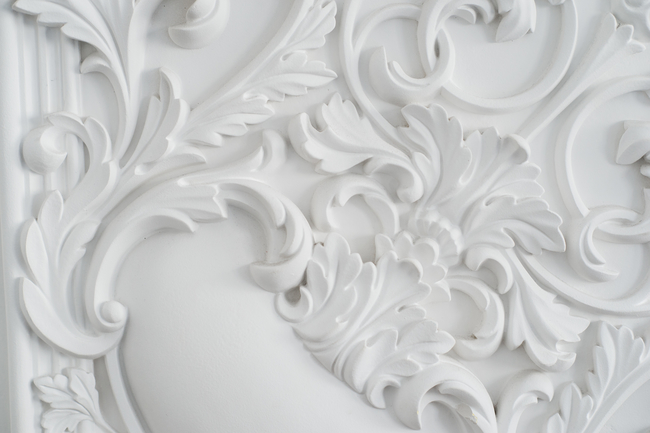Here are Some More Suggestions for Choosing a Paint Color
This is not a new topic – but it is definitely one that readers are always asking about. The question most painters are asked at nearly every job is “how do I choose a color of paint for my ‘fill in the blank”’. It could be a bathroom, bedroom, home exterior, trim, business, or some other project. Well, believe it or not there are a number of ideas that should help you in the decision-making process. After all choosing a color is a very personal decision that can be distressing if you opt for a color you find you can’t live with.
• Take the time to identify trends. Hop on the internet and scour it for pictures of different colors that you favor. If you don’t like a certain color then ignore what the ‘experts’ are saying about this choice. For example, one paint company claimed that the new trend in house painting is the color black. If you are not a fan then it won’t matter how many people say this is ‘in’. Move on.
• Consider palettes of color. If you are partial to a tint you can usually find it nestled along an array of similar shades – light to dark. This may help you begin the narrowing down process.
• Keep in mind the little things. For example, if you are painting the exterior of your home will you want trim? Will it be a complementary or contrasting color? What about painting a business? What color will draw the eye of a potential customer instead of repelling them? It’s true – color can be off-putting for many people.
• Don’t forget that the sheen of the paint is important as well. You can choose a color that is along the continuum from flat to shiny, each with its own appeal and drawbacks.
• Always, always, always get a sample of the color and apply it to a small area where it will be seen. Give it a couple days before you decide if it’s right for you or not. But, remember to prep the surface in advance of applying the sample so you get a true vision of its final look.
Now, enjoy your paint choosing process. It’s really part of the privilege of owning a home or business. If you need help, contact the experts at University Painters, Inc. You’ll be glad you did!










